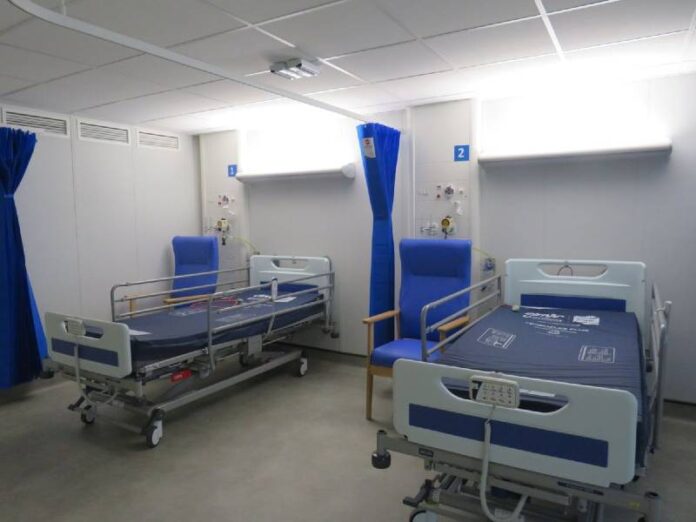People in North East Lincolnshire are ignoring cervical screenings new figures show
A charity has warned that more people in North East Lincolnshire need to go for a cervical screening after news broke that the number of people who were screen last year had dropped.
With news that fewer people in North East Lincolnshire had cervical screening last year, Jo’s Cervical Cancer Trust has warned that more people need to be screened.
Cervical screenings play a crucial role in detecting and preventing cervical cancer. However, new figures reveal that fewer people in North East Lincolnshire including in Grimsby and Scunthorpe have been completing these screenings.
This concerning trend is a cause for alarm, as charities and healthcare organizations emphasize the importance of regular screenings in the fight against cervical cancer.
According to recent data from NHS England, the percentage of adequately screened individuals in North East Lincolnshire has declined.
As of March 31, only 73.7% of the 40,524 eligible 25 to 64-year-olds in the region underwent cervical screenings. This figure is lower than the previous year’s rate of 74.2% and falls below the target of 80%1.
Nationally, the decline in cervical screening coverage is evident, with only 68.7% of eligible individuals aged 25 to 64 undergoing adequate screening across England.
This represents a decrease from the previous year’s rate of 69.9%1. The continuous decline in coverage is deeply concerning, as it hampers efforts to eliminate cervical cancer by 2040, as announced by NHS England.
Jo’s Cervical Cancer Trust, a leading charity in the field, has expressed its frustration at the missed targets for cervical screening coverage, which have now extended for 19 years in a row.
The charity warns that achieving the goal of eliminating cervical cancer by 2040 will be challenging if screening rates continue to fall.
Martin Hunt, chief executive, said: “We understand that it’s not an easy appointment for everyone. It can sometimes be difficult to attend for a variety of reasons including work and childcare commitments, anxiety, and misinformation surrounding the test.
“But these tests are vital; they can prevent cancer.”
The decline in cervical screening coverage is primarily driven by a decrease in screenings among individuals aged 24 to 49.
This age group is invited for tests every three years1. In North East Lincolnshire, the screening rate for this age group was 72.4% as of March this year, down from 73.2% in 2022.
On the other hand, the screening rate for eligible individuals aged 50 to 64, who are invited for tests every five years, increased slightly.
As of this year, 75.9% of this age group in North East Lincolnshire underwent screenings, compared to 75.8% the previous year.
Nicola Smith, the senior health information manager at Cancer Research UK, highlights the life-saving potential of cervical screenings in the UK.
She said: “The cervical screening programme saves thousands of lives every year in the UK by preventing cancer and helping to stop the disease in its tracks.
“We encourage women and people with a cervix, such as trans men and non-binary people assigned female at birth, to take part.”
Steve Russell, the chief delivery officer and national director for vaccinations and screening at NHS England, affirms that the goal of eliminating cervical cancer by 2040 is achievable.
He said: “The NHS is doing everything we can to achieve our ambition by making it as easy as possible to make appointments, with the latest figures showing the NHS arranged cervical screening for over 3.4 million women last year.”
